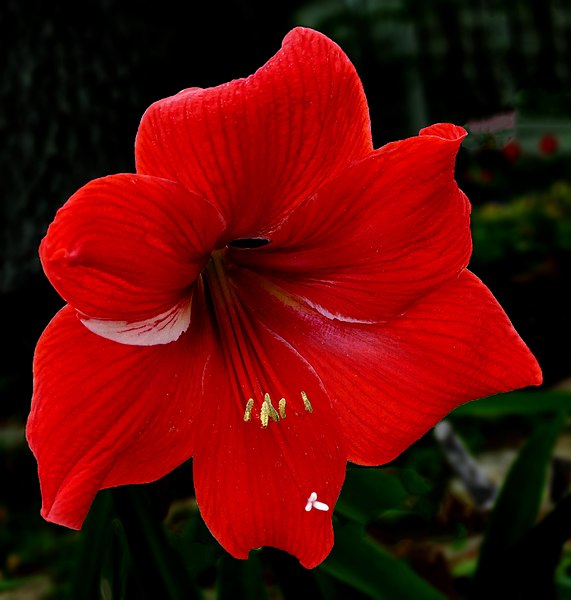More Than Poinsettia – a Few Alternative Plants for the Holidays
go.ncsu.edu/readext?641303
en Español / em Português
El inglés es el idioma de control de esta página. En la medida en que haya algún conflicto entre la traducción al inglés y la traducción, el inglés prevalece.
Al hacer clic en el enlace de traducción se activa un servicio de traducción gratuito para convertir la página al español. Al igual que con cualquier traducción por Internet, la conversión no es sensible al contexto y puede que no traduzca el texto en su significado original. NC State Extension no garantiza la exactitud del texto traducido. Por favor, tenga en cuenta que algunas aplicaciones y/o servicios pueden no funcionar como se espera cuando se traducen.
Português
Inglês é o idioma de controle desta página. Na medida que haja algum conflito entre o texto original em Inglês e a tradução, o Inglês prevalece.
Ao clicar no link de tradução, um serviço gratuito de tradução será ativado para converter a página para o Português. Como em qualquer tradução pela internet, a conversão não é sensivel ao contexto e pode não ocorrer a tradução para o significado orginal. O serviço de Extensão da Carolina do Norte (NC State Extension) não garante a exatidão do texto traduzido. Por favor, observe que algumas funções ou serviços podem não funcionar como esperado após a tradução.
English
English is the controlling language of this page. To the extent there is any conflict between the English text and the translation, English controls.
Clicking on the translation link activates a free translation service to convert the page to Spanish. As with any Internet translation, the conversion is not context-sensitive and may not translate the text to its original meaning. NC State Extension does not guarantee the accuracy of the translated text. Please note that some applications and/or services may not function as expected when translated.
Collapse ▲Many of us think of poinsettia when it comes to the Christmas season. Our holiday customs have become so entrenched with the use of red poinsettias that several other, well-deserving flowering plants go underused. Many of these are available at florists, garden centers and nurseries, and supermarkets. By carefully selecting and properly caring for these plants, you can ensure color throughout the holidays.
Amaryllis can be a bit pricy but can be purchased at any stage in its development — from a single bulb all the way to the “puffy bud” stage. Make sure one-third of the bulb (the nose) is above the soil line; place it in a sunny, warm location and watch it grow. The growing medium should be kept on the dry side — avoid waterlogging. Temperatures should be above 60° and high light intensities will help ensure the leaves and flower stem do not stretch and topple over. Amaryllis can be found in red, white, pink, orange and bicolors.
Gloxinias, close relatives of African violets, are low-growing, spreading plants with large, fleshy leaves and small, trumpet-shaped flowers. Treat gloxinias like you would an African violet – provide indirect sunlight and water from the saucer with warm (at least 70°) water; keep on the moist side but not waterlogged; and avoid cold or hot drafts. If allowed to wilt or if placed in too dark a location, most of the buds may fall off. Gloxinias also come in purples, whites, pinks, and bicolors.
Perhaps the most durable of the red-flowering potted plants available this time of year is the kalanchoe. This plant likes it warm and dry so it would be a good candidate if you have a spot near a heat register. If you tend to forget to water your plants, this is the best candidate, though drought-stress will lead to shortened flower life. Kalanchoes not only come with red flowers but hot pink, yellow, orange, and pastels.
Other plants that you may find available and want to consider include ornamental peppers, cyclamen, orchids, Christmas cactus, paperwhites, and even flowering shrubs such as hydrangea that have been forced.





